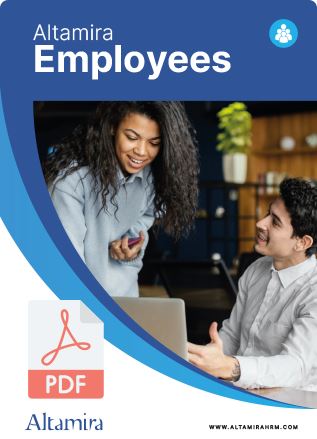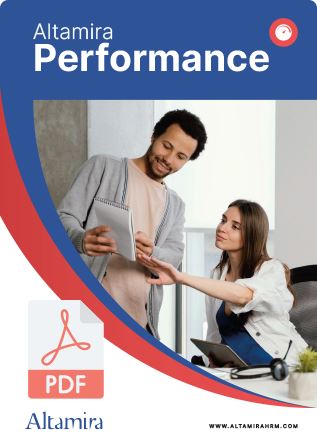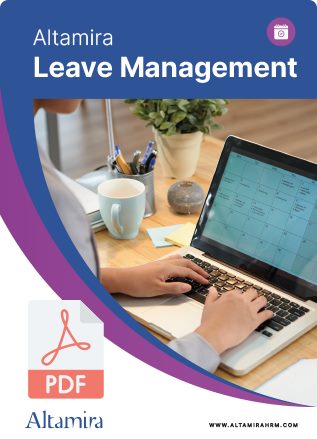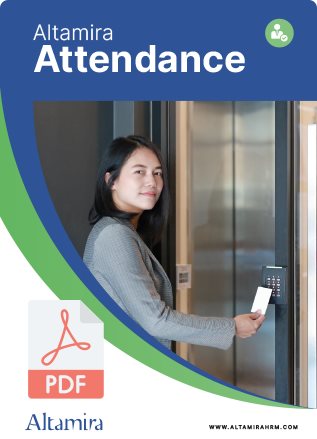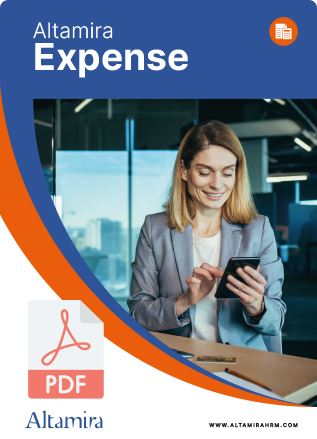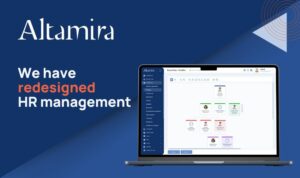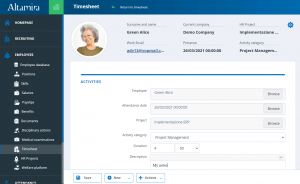In a project for the digitization of HR management, one of the first activities that needs to be modernized is certainly that of attendance monitoring.
This activity—which has become even more important after a recent ruling by the EU Court of Justice—is nowadays being managed through cloud-based attendance monitoring software, which has largely replaced on-premises solutions.
These software solutions offer a number of different ways to clock-in/out, especially if they are able to integrate with the different types of hardware on the market.
Every clock-in system has its advantages and disadvantages, so there is no one ideal solution that applies for every company. You will have to make a choice while taking into account your needs and available budget, as well as a series of factors such as the following:
- The number of times per day that employees will have to clock in/out. Some companies require only one clock-in per day, others require 2 or 4 clock-ins/outs per day (arrival, departure and lunch break), and others even more.
- The presence of salespersons or consultants who are frequently traveling.
- The presence of staff that does not use a desktop workstation.
- The level of digitization of the employees.
- The number of locations.
- The level of employee confidence.
- The presence of an access control system.
Depending on the answer to these and other questions, a company should provide one or more of the following clock-in/out methods.
Clock-in/out via desktop computer
You can choose to have your employees clock in and out through their company computer, using a browser and their credentials. To make the process easier and faster, many companies also activate a Single Sign-On service, so that the user can access the attendance management platform without having to re-enter the credentials they’ve already used (for example) to access the corporate network.
Pros: Does not require the purchase of attendance monitoring hardware. Each employee has convenient access to the clock-in system from their own computer, without queues at the clock-in terminals.
Cons: Not ideal for companies where not all employees work from their own computers. An employee must reach their workstation before they can clock in/out.

Clocking in/out via smartphone
Whether this is accomplished through a Web App or a native app, clocking in/out virtually via smartphone is the only solution for recording attendance during a work trip. It is no accident that almost all attendance monitoring systems now include this option.
Clocking in/out via smartphone can be associated with geolocation, a form of employee monitoring regarding which—in Europe at least—it is always better to agree beforehand with the relevant unions.
Because of its limitations, it is rare for clocking in/out via smartphone to be the only system available to an employee.
Pros: Thanks to GPS, you can clock-in when travelling and track the employee’s position via geolocation. It does not require the purchase of attendance monitoring hardware.
Cons: A (very low) percentage of the company’s workforce may not have their own smartphones. This is the method that generates the most anomalies, as it is more common for an employee to forget to clock in or out. It requires agreeing on a policy for privacy and geolocation data management. It is not a suitable system for access control.
Clocking in/out via badge
Attendance monitoring systems that use terminals and identification badges are still among the most widespread. With this system, employees will clock in and out of work (and in the case of any additional breaks) using an identification card associated with their employee record.
Once upon a time, this used to be a card you had to physically punch, but today it’s enough to place the card near a sensor that will signal that a clock-in has been registered with an audible beep.
Pros: An easy to use and proven system, with no privacy issues and which requires low hardware investment. Because of its ease of use, it works well for companies that require more than two clock-ins/outs per day.
Cons: Compared to biometric systems, it requires the purchase of personal badges. Badges can be lost, causing security problems, especially if they are also used for access control. There is a risk of abuse by employees.
Clocking in/out via fingerprints
This modern clock-in/out system works by means of special attendance monitoring devices equipped with fingerprint readers. Among the systems using biometric technology, this is currently the most widespread.
Pros: Eliminates any risk of abuse and securely identifies each employee. Does not require the purchase of badges.
Cons: More expensive hardware. The fact that everyone has to place their fingertip on the sensor raises hygiene issues. It can cause resistance in connection with the issue of privacy.
Clocking in/out via face recognition
Until a few years ago, this sounded like a science fiction scenario, but today, at a number of companies—mostly in China and the Eastern part of the world more generally—one can signal one’s entrance and exit from the company premises by having their face scanned.
In Europe, this biometric clock-in/out system has to reckon with the provisions of the GDPR and obey the principle of strict necessity in the processing of data with respect to its intended purpose. As a result, companies must demonstrate that they have a valid reason to store the faces of their employees.
Pros: Fast and secure from abuse, eliminates the hygiene problem of the fingerprint reader.
Cons: Very expensive hardware. In terms of privacy regulations, the situation is still unclear.
What if you don’t clock in/out at all?
Some companies, especially small ones, with standard working hours and no overtime, manage attendance using nothing more than an absence recording tool, without clocking in or out.
At the end of each month, the list of absences for each employee is sent—in a more or less automated manner—to the person responsible for workforce management, who compiles the attendance registry by subtracting the data from the absence list.
This way of working reduces the effort required from employees, but requires extra effort from the person responsible for workforce management when issuing the pay slips. Moreover, it does not comply with the European Union directives mentioned at the beginning of the article.
Image copyright: ©kite_rin/Adobe Stock


